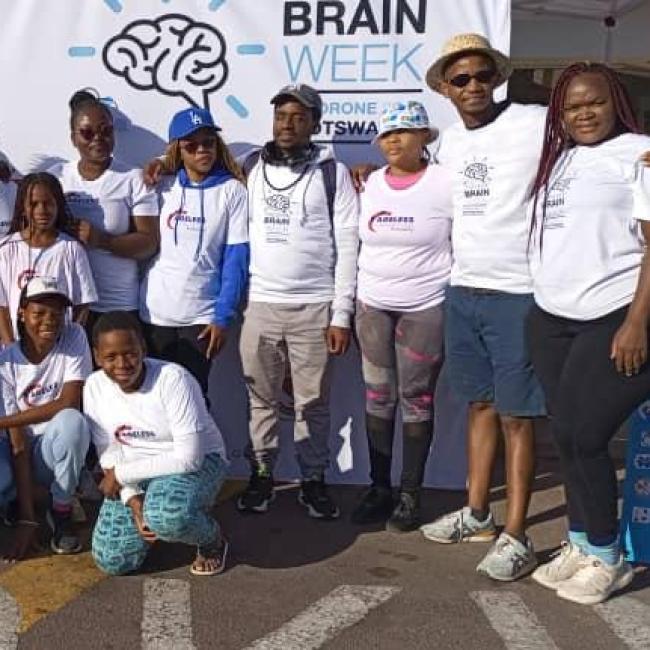Robust Assessment of EEG Connectivity Patterns in Mild Cognitive Impairment and Alzheimer's Disease
Front Neuroimaging. 2022 Jul 11;1:924811. doi: 10.3389/fnimg.2022.924811. eCollection 2022.
ABSTRACT
The prevalence of dementia, including Alzheimer's disease (AD), is on the rise globally with screening and intervention of particular importance and benefit to those with limited access to healthcare. Electroencephalogram (EEG) is an inexpensive, scalable, and portable brain imaging technology that could deliver AD screening to those without local tertiary healthcare infrastructure. We study EEG recordings of subjects with sporadic mild cognitive impairment (MCI) and prodromal familial, early-onset, AD for the same working memory tasks using high- and low-density EEG, respectively. A challenge in detecting electrophysiological changes from EEG recordings is that noise and volume conduction effects are common and disruptive. It is known that the imaginary part of coherency (iCOH) can generate functional connectivity networks that mitigate against volume conduction, while also erasing true instantaneous activity (zero or π-phase). We aim to expose topological differences in these iCOH connectivity networks using a global network measure, eigenvector alignment (EA), shown to be robust to network alterations that emulate the erasure of connectivities by iCOH. Alignments assessed by EA capture the relationship between a pair of EEG channels from the similarity of their connectivity patterns. Significant alignments-from comparison with random null models-are seen to be consistent across frequency ranges (delta, theta, alpha, and beta) for the working memory tasks, where consistency of iCOH connectivities is also noted. For high-density EEG recordings, stark differences in the control and sporadic MCI results are observed with the control group demonstrating far more consistent alignments. Differences between the control and pre-dementia groupings are detected for significant correlation and iCOH connectivities, but only EA suggests a notable difference in network topology when comparing between subjects with sporadic MCI and prodromal familial AD. The consistency of alignments, across frequency ranges, provides a measure of confidence in EA's detection of topological structure, an important aspect that marks this approach as a promising direction for developing a reliable test for early onset AD.
PMID:37555186 | PMC:PMC10406240 | DOI:10.3389/fnimg.2022.924811





